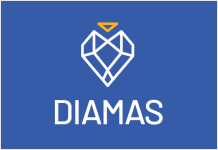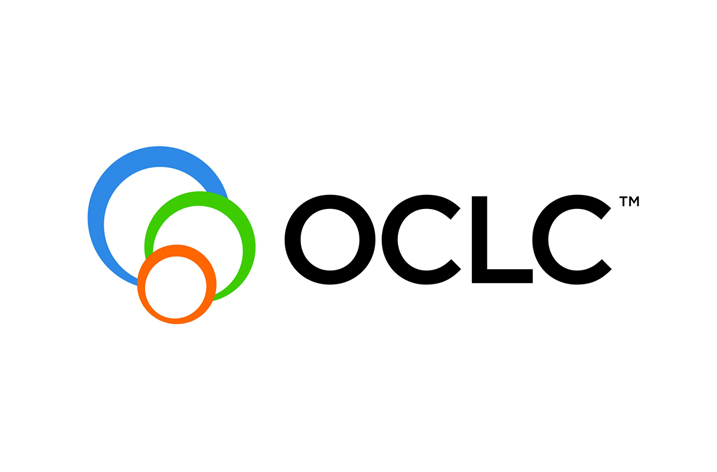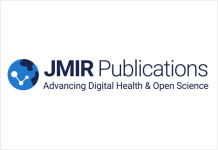
CAS, a division of the American Chemical Society specializing in scientific information solutions, announces the launch of a major expansion of the CAS SciFinder Discovery Platform into life sciences. The enhanced platform includes over 2 million modified biosequences, 60 years of patent literature, and one of the largest collections of journal information including PubMed’s biomedical and life science data.
“The past decade has shown huge progress in biologic drug discovery. Research in oncology and inflammatory diseases is showing great promise, and more recently we have seen the first approved mRNA vaccines for COVID-19. As R&D increasingly relies on quality data to expedite discovery, a key challenge facing biomedical researchers is harnessing vast amounts of sequence data spread across thousands of sources,” says CAS President Manuel Guzman. “This significant expansion of the CAS SciFinder Discovery Platform underscores our commitment to life sciences by providing molecular biology researchers the high-quality information that chemists have relied on CAS for over the last 110 years.”
The CAS SciFinder Discovery Platform expansion unlocks human-indexed insights from journals and patents in over 50 languages dating back to 1957 and 70 million biosequences curated by CAS scientists. The collection also includes unique biosequences not found elsewhere in electronic resources.
“We are excited to bring this enhanced content collection to molecular biologists along with the powerful search and data visualization capabilities SciFinder has long been known for,” says CAS Chief Product Officer Tim Wahlberg. “This is an important step forward for our work in life sciences and is designed specifically to solve problems that researchers face every day.”
The launch is the culmination of an 18-month effort to curate over 600 million additional proteins and nucleotides and integrate BLAST (Basic Local Alignment Search Tool), CDR (Complementarity-Determining Regions) for antibody and T-cell receptors, and motif search capabilities into the platform.
“Creating a single platform that integrates biosequence and small-molecule searching meant bringing together the best scientific and technical minds available. We took what we call a ‘synthetic-organic’ approach which we believe greatly enhances the scientific workflow, particularly if you are starting a research journey from a sequence,” says CAS Product Management Director Adam Sanford. “Our goal was to create the most meaningful and intuitive user experience possible, while allowing molecular biologists to collaborate seamlessly with chemists. The result is a platform designed by scientists for scientists, which we see as a powerful component in drug discovery.”





















